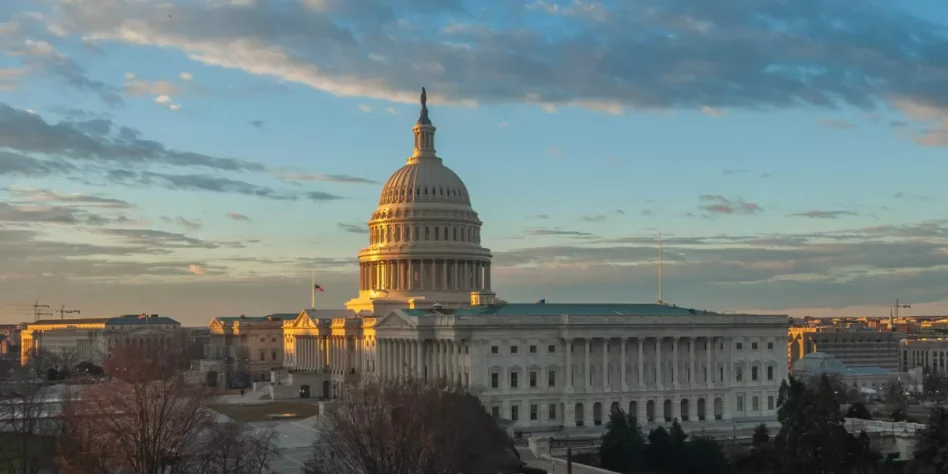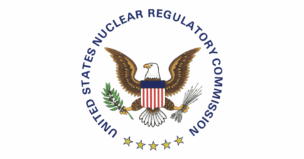This morning, just after 7 AM, after an exhausting 24-hour-plus back-and-forth between moderate and far-right Republicans, the House of Reps passed a reconciliation bill by a one-vote majority.
The bill boosts military spending by $150B and makes early cuts to tax credit programs for clean energy, mainly renewables. Overall, nuclear energy maintained support.
The military angle: Of the $150B set aside in the bill, $113B is intended for the Pentagon in fiscal year 2026 (pushing the FY2026 DoD pot over $1T while not actually increasing the budget).
This is a nuclear energy newsletter, though, and there are buckets of that budget affecting the sector, including:
- $2.5B for improving critical minerals production through the National Defense Stockpile
- $120M for accelerating development of SMRs for military use
Clean up: The reconciliation bill also makes cuts to clean energy tax incentives established under the Inflation Reduction Act (IRA), but nuclear projects that can deploy by 2031 won’t be subject to those cuts.
- When it passed in 2022, the IRA allocated $369B for climate incentives, including $700M to bolster the nuclear supply chain.
- It also covered a zero-emission nuclear power production credit of up to $15 per megawatt-hour.
Under the reconciliation bill, renewables projects would receive the clean energy tax credits set aside in the IRA if they begin construction by 2028.
Nuclear projects have a bit more leeway: They would need to begin construction by 2031. An overnight amendment cut the phase-out. Nuclear is also the only energy sector permitted to transfer tax credits to third-party contractors involved in development.
What’s next? The bill goes to the Senate, where it needs a simple majority to pass. That won’t be easy. Senate Republicans are already planning major rewrites, including reconsidering cuts to Medicaid and tax credits.
+ Elsewhere in policy…Senators from each side of the aisle introduced a bill called the International Nuclear Energy Act on Monday, which would help the US nuclear industry compete with China’s rapid nuclear expansion by setting up an office to accelerate nuclear exports and financing while reevaluating and coordinating US nuclear regulation.
“Achieving American energy dominance will require us to streamline our nuclear exports, foster our relationships abroad, and bring the full weight of American industry to bear in out-competing our geopolitical adversaries,” bill sponsor Sen. Mike Lee (R-UT) said in a statement about the new bill.
Lead Reporter of Ignition





